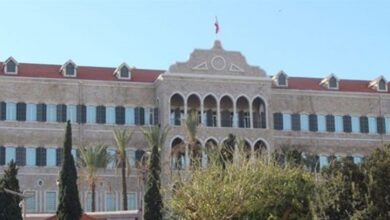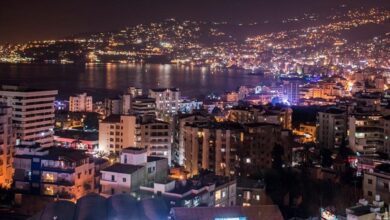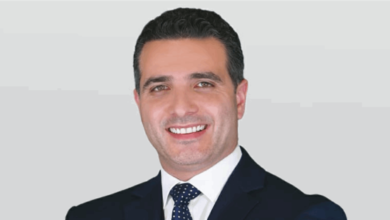Its loss threatens the Lebanese identity… Palaces and heritage buildings are a forgotten, abandoned legacy (photos)
Dr. Habib Sadiq, head of the Chadirji Foundation for Architecture and Society, coordinator of the urban meeting in the Arab Levant, and assistant professor at the Lebanese University, points out that “the issue of heritage buildings or the urban, historical and archaeological fabric is considered one of Lebanon’s wealth, but unfortunately in the Lebanese constitution we have a major problem, which is that it sanctifies property.” This is a right of the Lebanese citizen, but this matter must not be at the expense of the civilizational and cultural riches represented in the country’s identity through the effects of the groups, peoples and civilizations that passed through it.”
He said in an interview via:Lebanon 24“A group of preliminary studies showed that 35 percent of Lebanon’s urban structure is heritage structure at the rural and city levels.”
Is there a census of these heritage buildings and palaces?
Sadiq confirms that “there is no actual accurate census of heritage buildings, but rather there are perceptions related to research in universities or through the Engineers Syndicate and activities that were launched, such as the Beirut Urban Declaration after the August 4 explosion, which worked on this issue,” and he said: “At the same time we have At the Lebanese University, there is the “University and its Community” program, which works to document the urban heritage in the Lebanese countryside. Estimates indicate that across the area of Lebanon, there are approximately 30 to 35% of individual urban heritage structures, or within an urban fabric, or within groups of buildings, clusters, city centers, or ancient villages. “The aspect of the archaeological heritage is of great importance.”
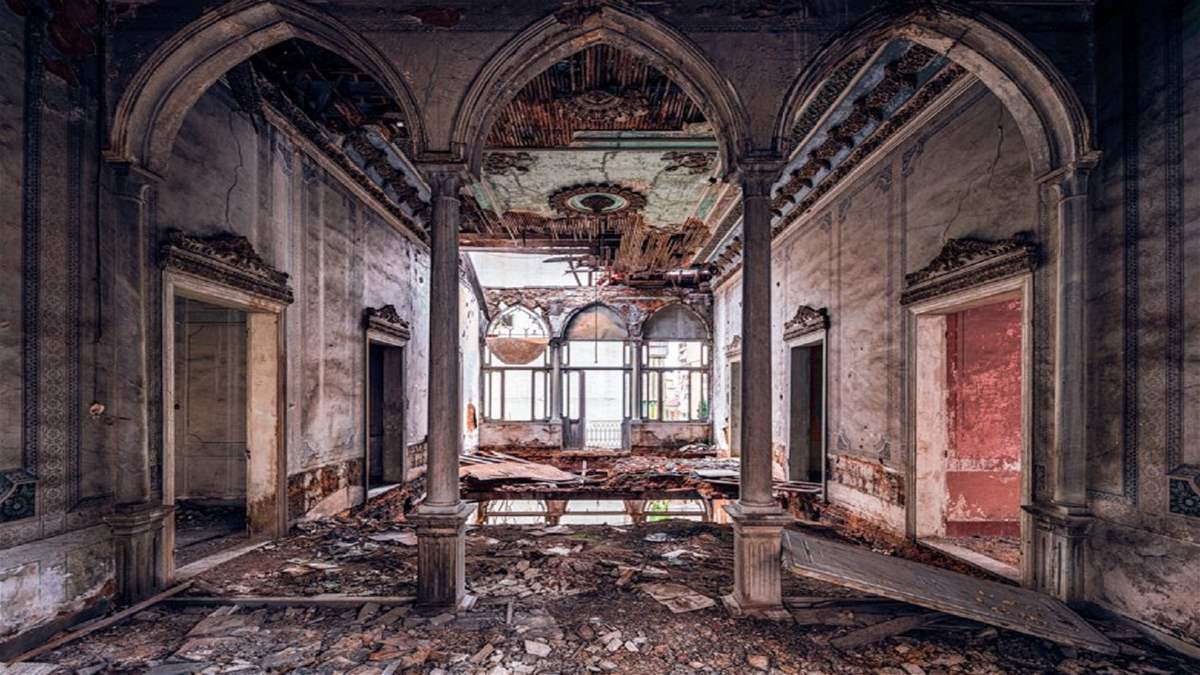

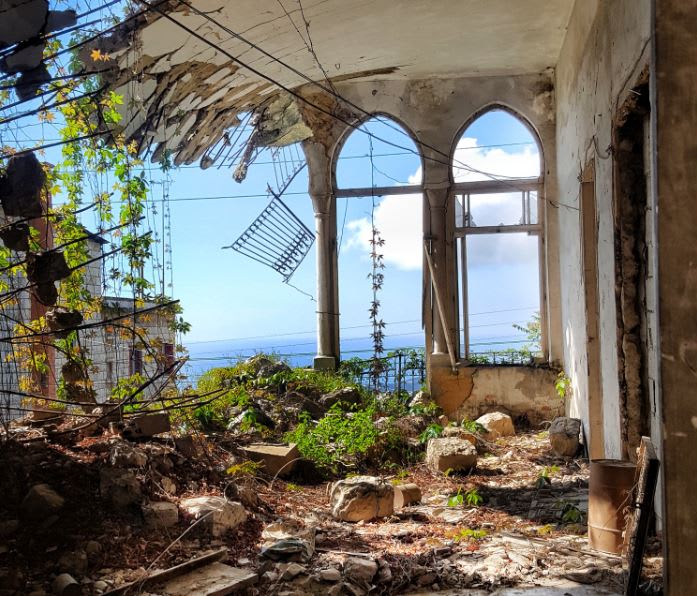

Abandonment of ancient houses
Sadiq says: “At the end of the nineteenth century, interest began in old heritage buildings, but the urban transformations that took place were not taken into account, and people’s lives in the countryside and old cities continued within these historical fabrics. That is, for example, the ancient city of Sidon continued until an earthquake occurred in 1956 as well.” In Tripoli, Tire and other regions, but when the economic and social transformation began, the expansion of cities and rural areas, and urban expansion, the process of displacement began to modern places and contemporary cities, and this matter led to the neglect of these homes in the absence of state policies.”
He added: “The transformations that took place in Lebanese cities in the fifties with the urban boom that was the result of the concentration of Arab capital in Lebanese banks, which contributed greatly to the spread of urbanization and the expansion of modern cities in Beirut or Sidon and Tripoli, led to a migration from ancient areas to modern areas.” Added to this is negligence and the lack of specialized departments. If we talk today about the Directorate of Antiquities, it focuses its interests on the issue of archaeological structure and archaeological excavations and their protection and documentation, but ancient and historical areas require social awareness at the community level due to their importance and official attention from the state.
He stressed that “Lebanon is rich in its heritage, and a public administration had to be established to manage the living historical urban heritage, which requires protection and maintenance and needs management because there are people who live within the historical cities and heritage neighborhoods, and these people must be equal to the modern city in terms of services and infrastructure. Therefore, historical cities, and As a result of the migration of their original owners, and because of migration from the countryside to the cities, it attracted the rural poor looking for a job opportunity in the city, turning these areas into a kind of belts of misery, neglected areas, and a kind of social shelters.”
Sadiq pointed out that “there is a large group of old heritage buildings that were vandalized due to greed and the lack of a special policy and regulations to protect the heritage urban fabric. Consequently, the owners of these properties sought to benefit from the investments in the building laws, which give high potential, high land prices, and high investment in place of old buildings.” This encouraged some of the owners of these buildings to sabotage them in order to demolish them, even if they were protected, and thus there were systematic sabotage operations in many cases.
Habib considered that the absence of visions and policies, in addition to weak laws, led to the neglect of these buildings, in addition to systematic policies by the owners of these properties to destroy them under the pretext that they threaten public safety, and by definition, any building that is cracked or threatened with collapse constitutes a threat to public safety, stressing that “the issue What is essential today is that the issue of urban heritage does not turn into an issue of public safety, but rather it is an issue of national wealth, identity, economy, and a future role in our society and economy.”
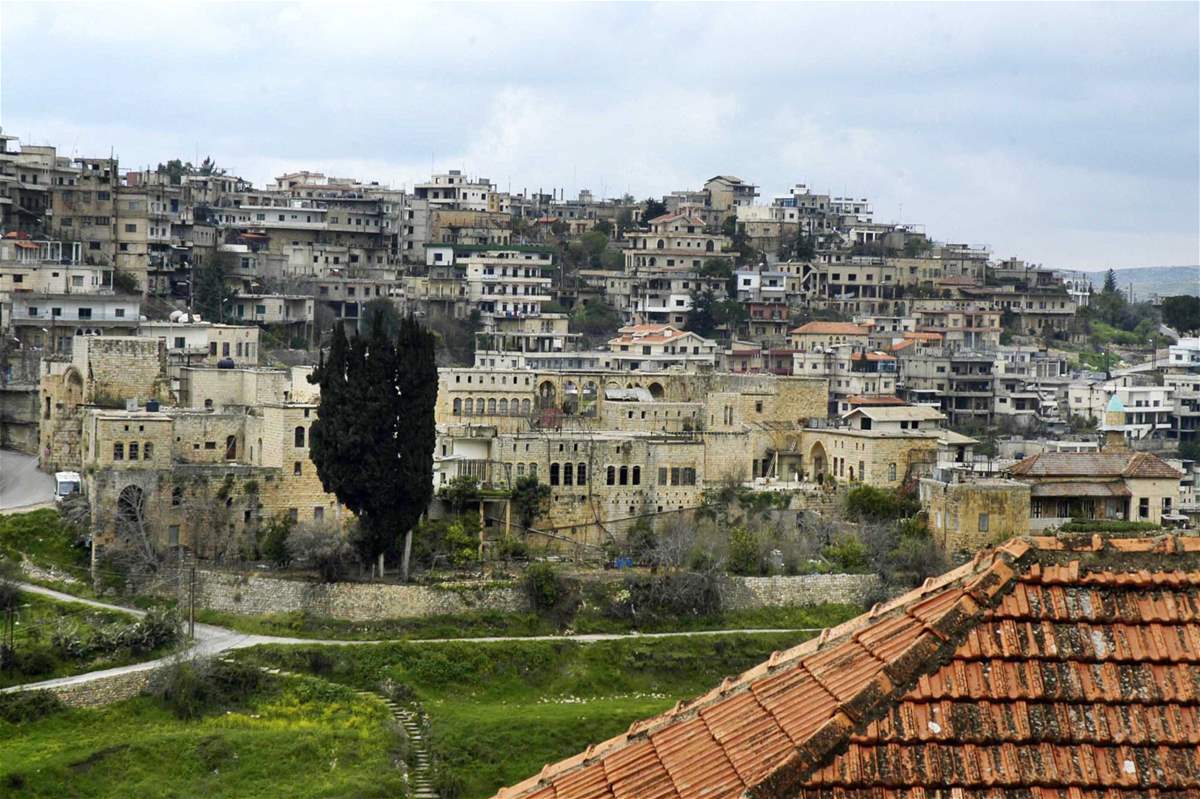

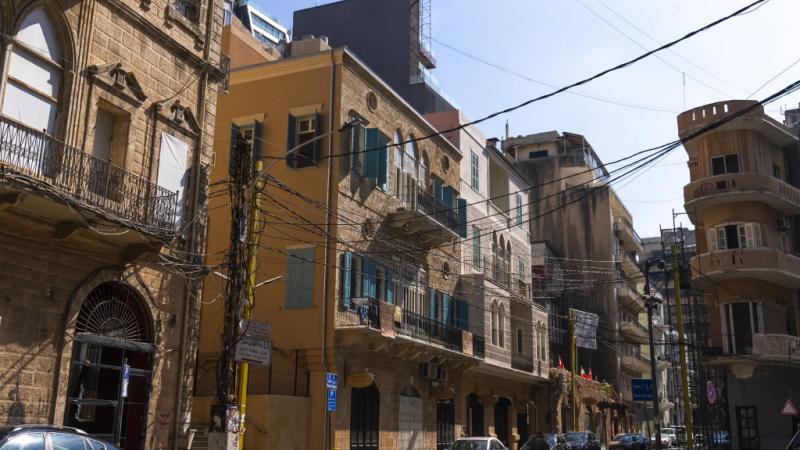

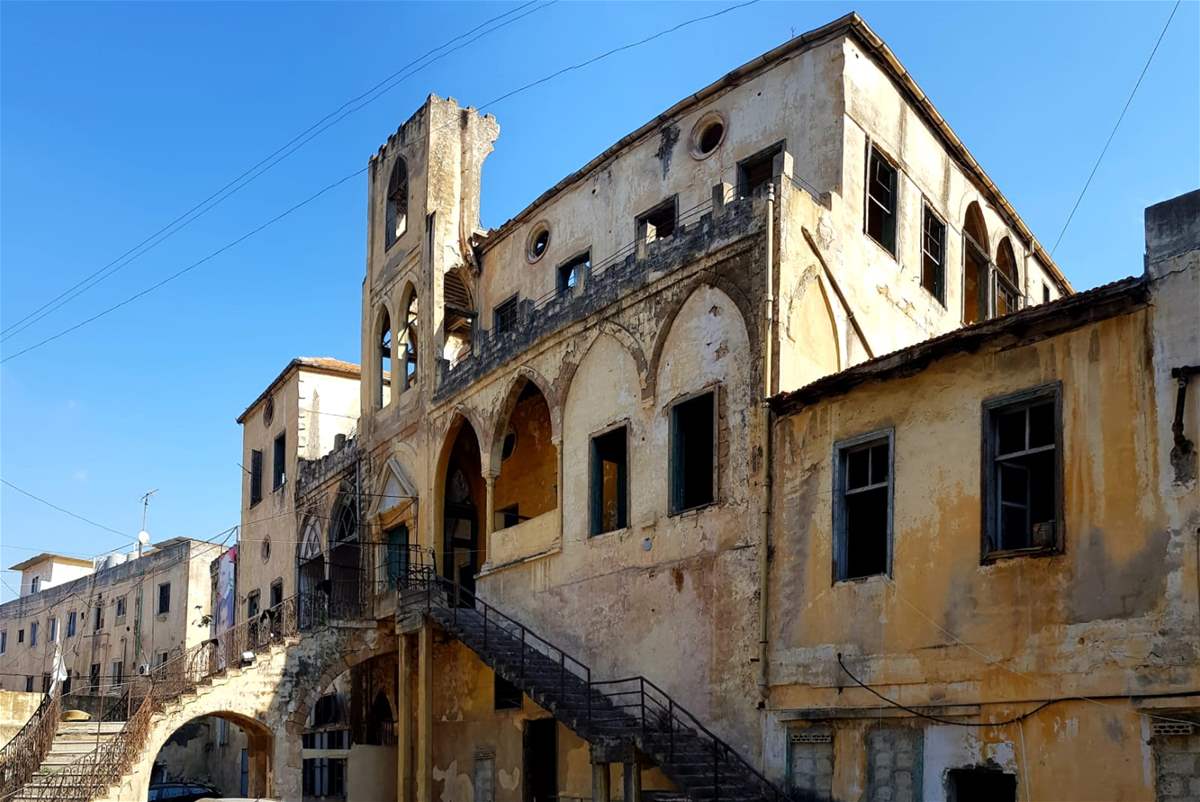

How can this architectural heritage be preserved?
Sadiq stresses that “it is not possible to continue without establishing a directorate or general body for managing the living historical urban heritage in Lebanon, which may report to the Presidency of the Council of Ministers or the Ministry of Culture, along with the General Directorate of Antiquities, and be specialized and composed of architects, engineers, and specialists that can document all existing urban heritage and It is managed by and cooperates with universities in Lebanon to form a device to document and classify the entire living urban heritage.”
He considered that “incentives can also be provided to the owners of these heritage buildings to preserve them, for example through tax exemption, providing aid for them, and facilitating soft loans.”
Habib pointed out that “the Observatory of Urban Issues was recently established at the Engineers Syndicate in cooperation with the Lebanese University. One of its interests is urban heritage at the national level. The Lebanese University also has a group of programs to document urban heritage. We seek to develop it further and to form a starting point at the level of the Urban Observatory for cooperation.” With the rest of the universities, the Engineers Syndicate, and the relevant ministries, led by the Ministry of Culture, to begin a project to document the living historical urban heritage.”
Therefore, it is necessary to preserve the palaces and heritage houses spread throughout all Lebanese regions because they are a living witness to the history of Lebanon and an architectural legacy that has historical and moral value.
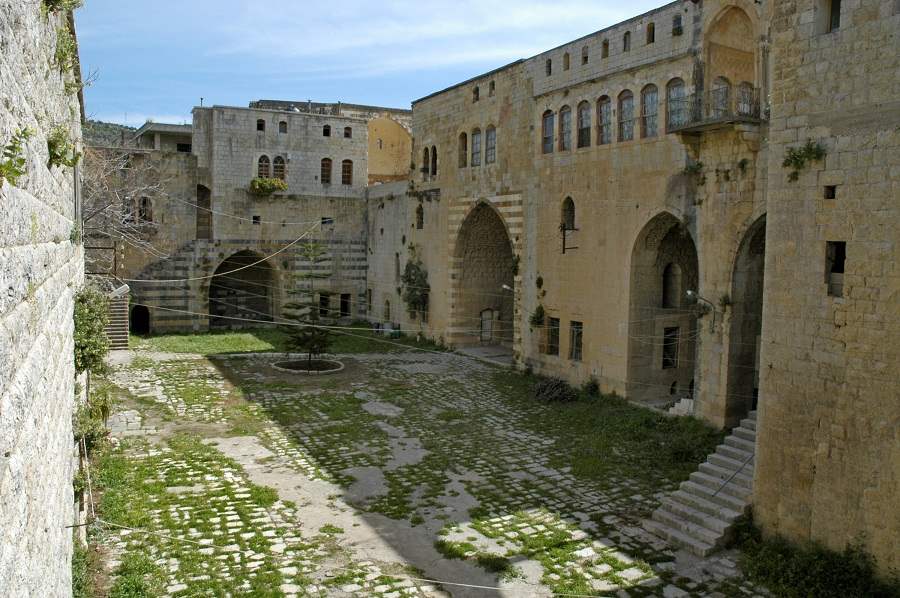

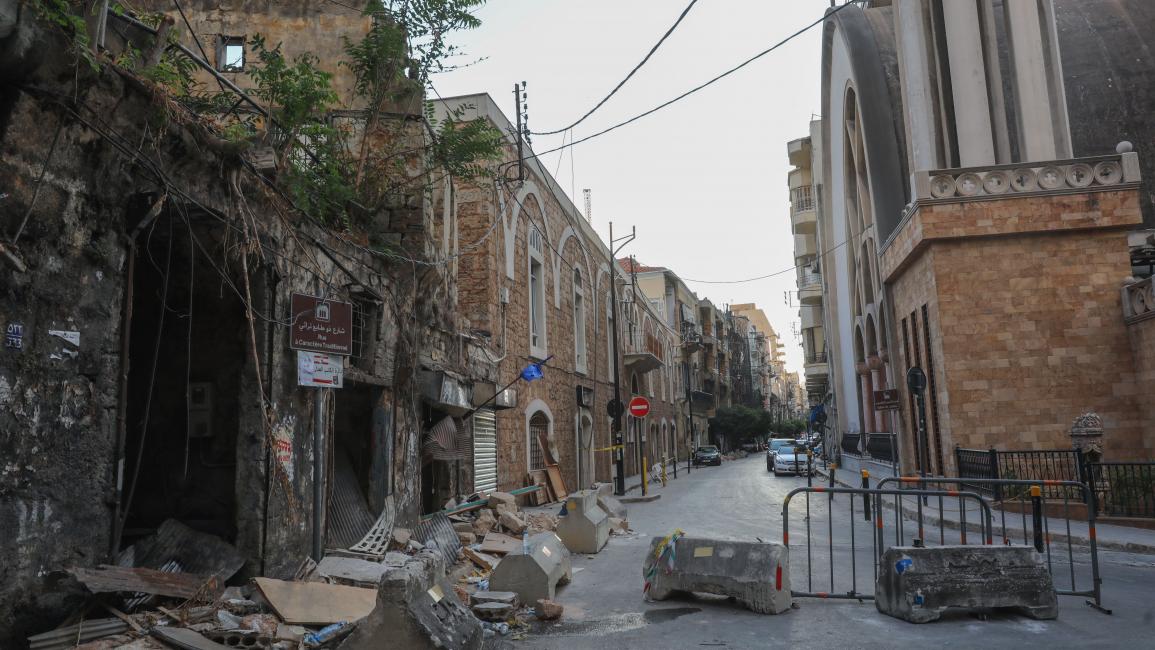

[previous_post_link]

